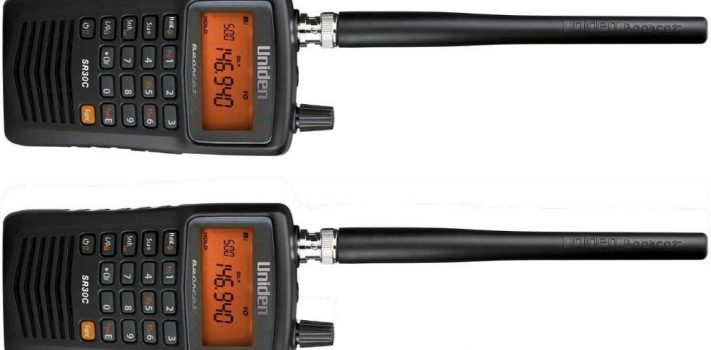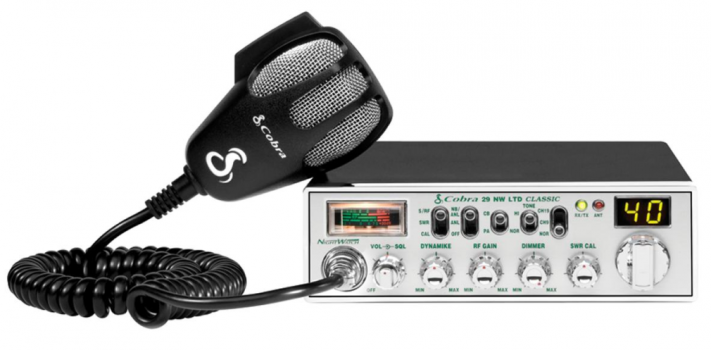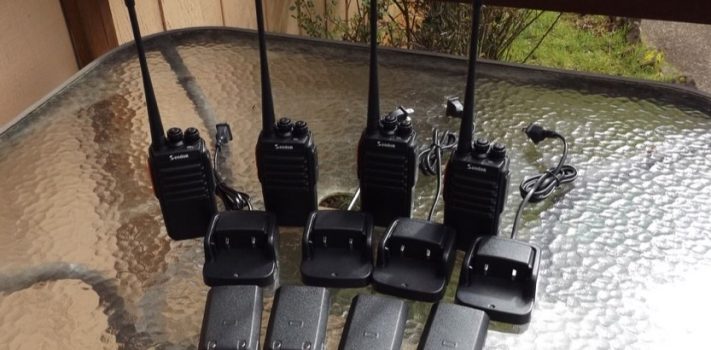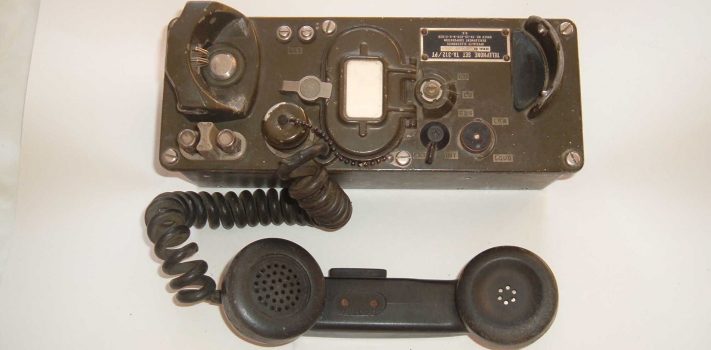A Scanner for TEOTWAWKI – Part 3, by Tunnel Rabbit
(Continued from Part 2. This concludes the article.) External Antennas, Detecting Potential threats at greater distances When using a scanner to sweep the band, or scan a list of frequencies, the scanner is much more sensitive and hears weak signals as well as strong signals. When using the Close Call feature that also sweeps the band, only strong signals that are very nearby (within 100 to 200 yards), might be detected. Some brands of scanners other than Uniden, may also have a similar Close Call feature, and might have more a sensitive receiver Sofware Defined Radio (SDR) frequency counter or …





